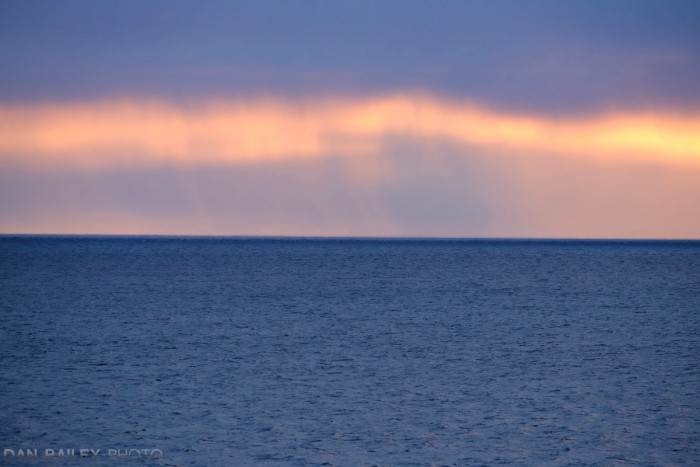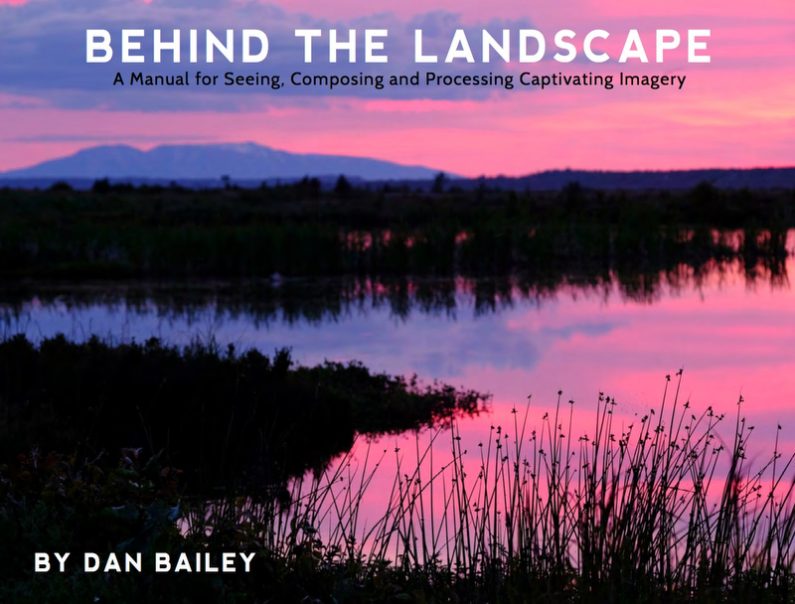 A number of years ago, I stumbled across an amazingly fun book called A Kick in the Seat of the Pants: Using Your Explorer, Artist Judge and Warrior to Be More Creative. The book’s author, Roger von Oech, who runs a consulting firm that helps companies stimulate creativity and innovation in their businesses, defines the four main roles to creativity as follows:
A number of years ago, I stumbled across an amazingly fun book called A Kick in the Seat of the Pants: Using Your Explorer, Artist Judge and Warrior to Be More Creative. The book’s author, Roger von Oech, who runs a consulting firm that helps companies stimulate creativity and innovation in their businesses, defines the four main roles to creativity as follows:
The Explorer: The role that searches for new information.
The Artist: The role that turns information and resources into original ideas.
The Judge: The evaluative and critical role
The Warrior: The role that puts the creative ideas into action.
When it comes to innovation and creativity, these roles can either be occupied by the same person, or in the case of organizations that have separate departments, they are often filled by different people.
As self employed photographers and artists, we wear all four hats all the time. When creating new imagery and coming up with original ideas about how to make, present, market or sell it, we fill all of those four roles. We are the research department, the creative department, the critique session and the worker bee, all rolled into one. This usually works well for us, because we have an intimate, firsthand connection and personal control with our photography projects from start to finish.
However, what happens if you get hung up on one particular role, or if you start to lose balance between the four roles? What happens when, for some reason, you experience an artistic block, or if you suddenly become too critical of your own work, or if you can’t seem to find the motivation to move forward with your ideas? Your process slows down or stops completely, and you find yourself unable to fully exercise your creativity.
It takes enough mental effort to be creative, and if you run a business too, that brings even more challenges to the whole process. It’s only natural that sometimes we’ll all experience those slowdowns. Sometimes I return from what I feel was a successful recent photo assignment, but still go through a two-day period of being extremely judgmental about the job that I did. It’s easy to get down on myself thinking about the photos, angles and perspectives that I didn’t capture during the assignment, instead of focusing on what I liked about the photos that I did shoot.
When it comes to my other creative pursuits like my guitar playing and songwriting, I sometimes find myself full of what I think are great ideas, however, I can’t seem to motivate myself to actually record them. There is probably some sort of imbalance between my Judge and Warrior. During those times, I get through the block by mentally building up my Warrior’s confidence as I plug my guitar in and boot up Logic Pro. Usually that’s enough to get me started, and once I get going, I’m fine.
I always seem to have a strong Judge, but fortunately, with photography, my Warrior sense is usually strong enough to counter any overly self-critical instincts that I might have. I do find that sometimes my Explorer tends to be a bit stronger than my Artist, which often needs strong visual motivation to get things going in that role.
Creativity, innovation and the ability to bring it out of your mind and into real life requires a strong sense of balance between those four roles. If you personify those roles, as Roger von Oech has done, it might help you sustain that balance and work efficiently within your creative process. It might also help you work through any temporary blockages that you might have. Those blocks are natural, though, so just remember to go easy on yourself when they do happen.
Question to readers: In evaluating your own creative blocks, which roles are the ones that tends to break down or that take over in your own creative process?
And if you’re into the idea of stretching your creative mind with some fun exercise, I recommend checking out Roger’s book.
[iframe]<iframe style=”width:120px;height:240px;” marginwidth=”0″ marginheight=”0″ scrolling=”no” frameborder=”0″ src=”//ws-na.amazon-adsystem.com/widgets/q?ServiceVersion=20070822&OneJS=1&Operation=GetAdHtml&MarketPlace=US&source=ss&ref=as_ss_li_til&ad_type=product_link&tracking_id=danhbaisadvph-20&marketplace=amazon®ion=US&placement=0060960248&asins=0060960248&linkId=883adb6a5cc1fa81bc3b645c4e458d1a&show_border=true&link_opens_in_new_window=true”></iframe>[/iframe]




[…] 4. Being Self Critical Within Your Creative Process […]